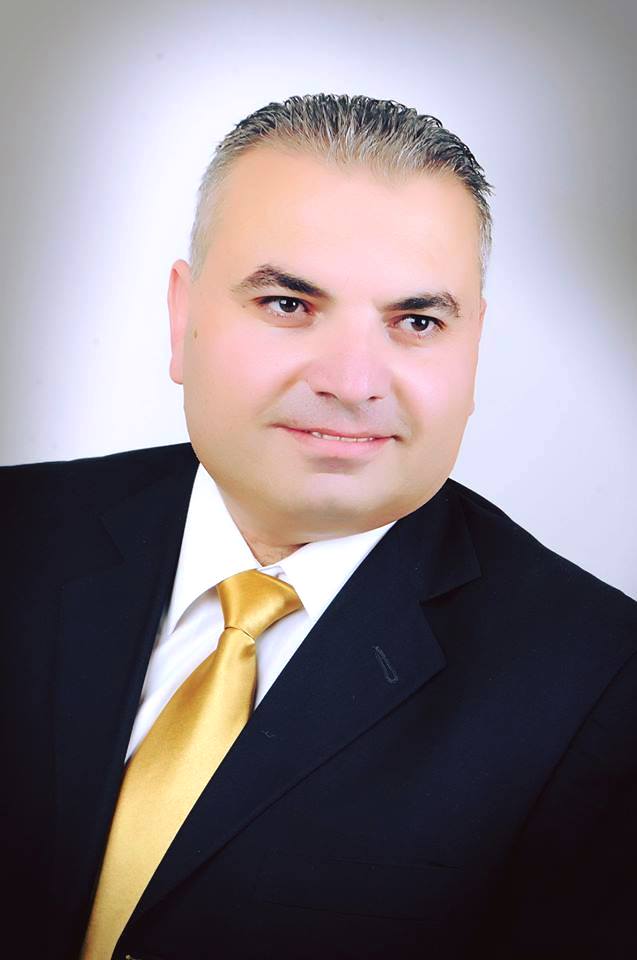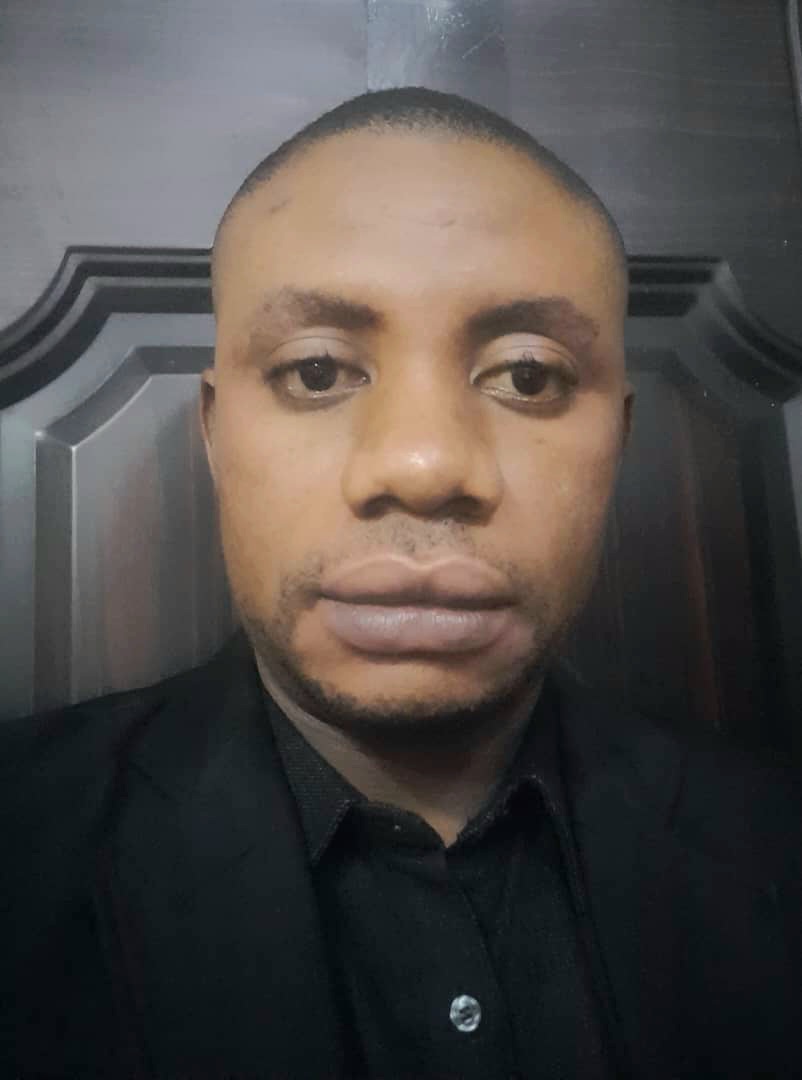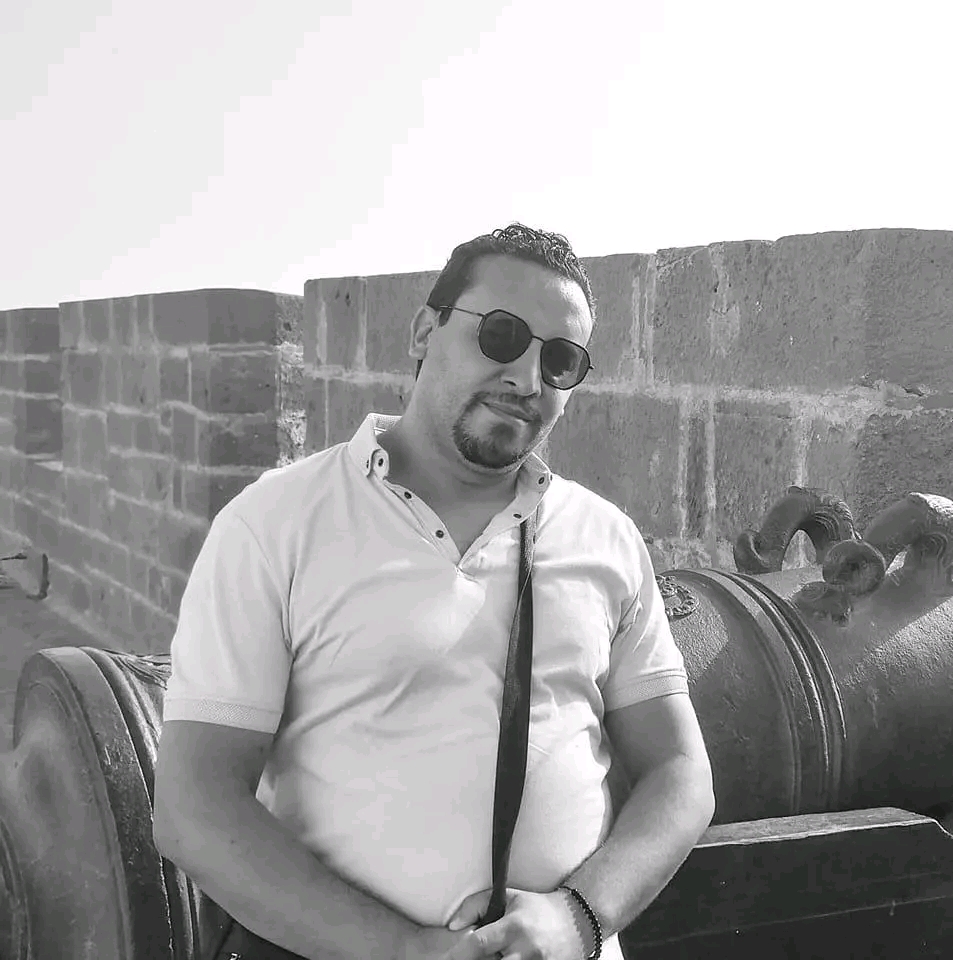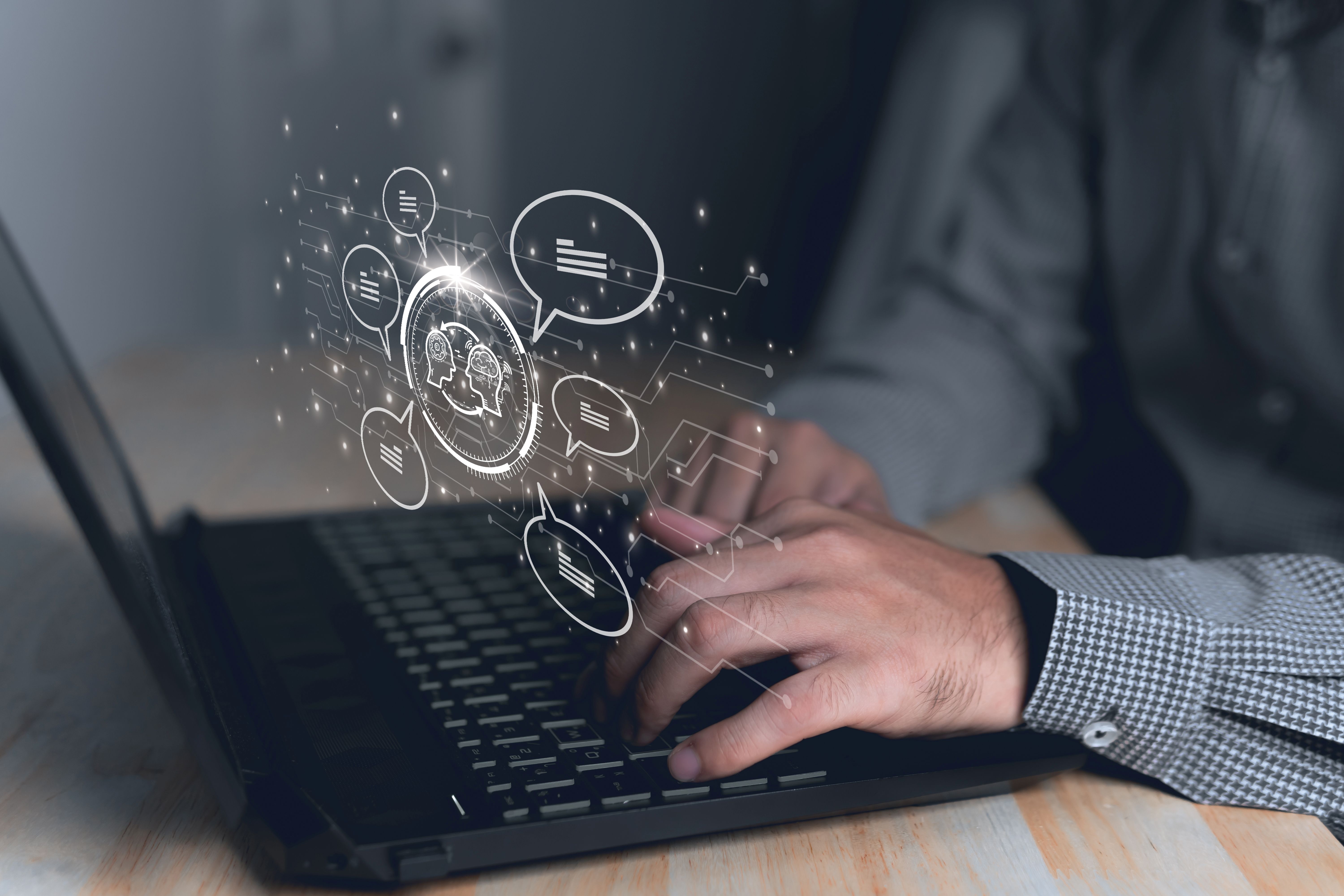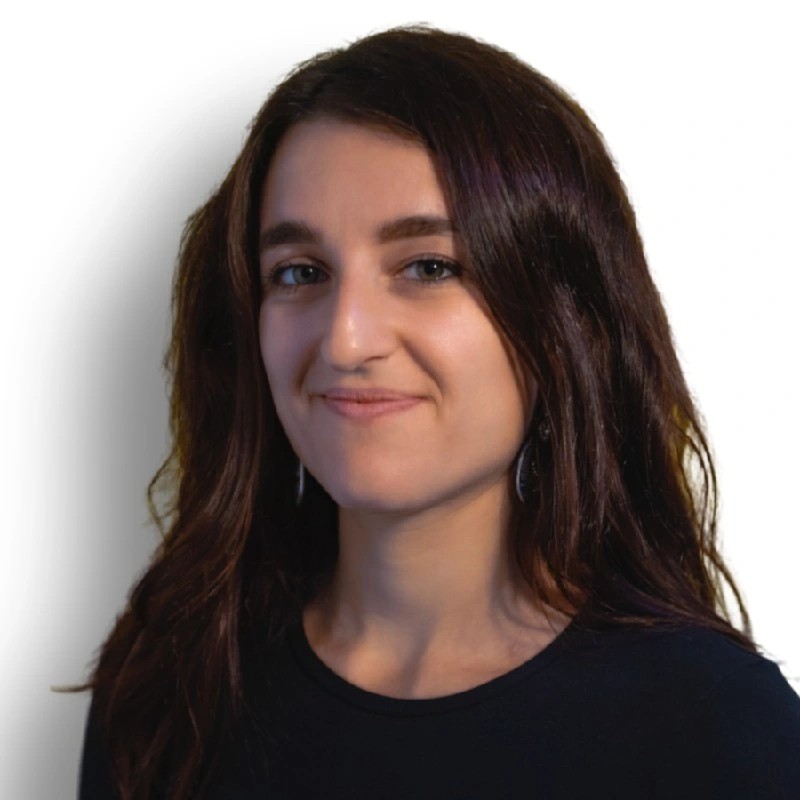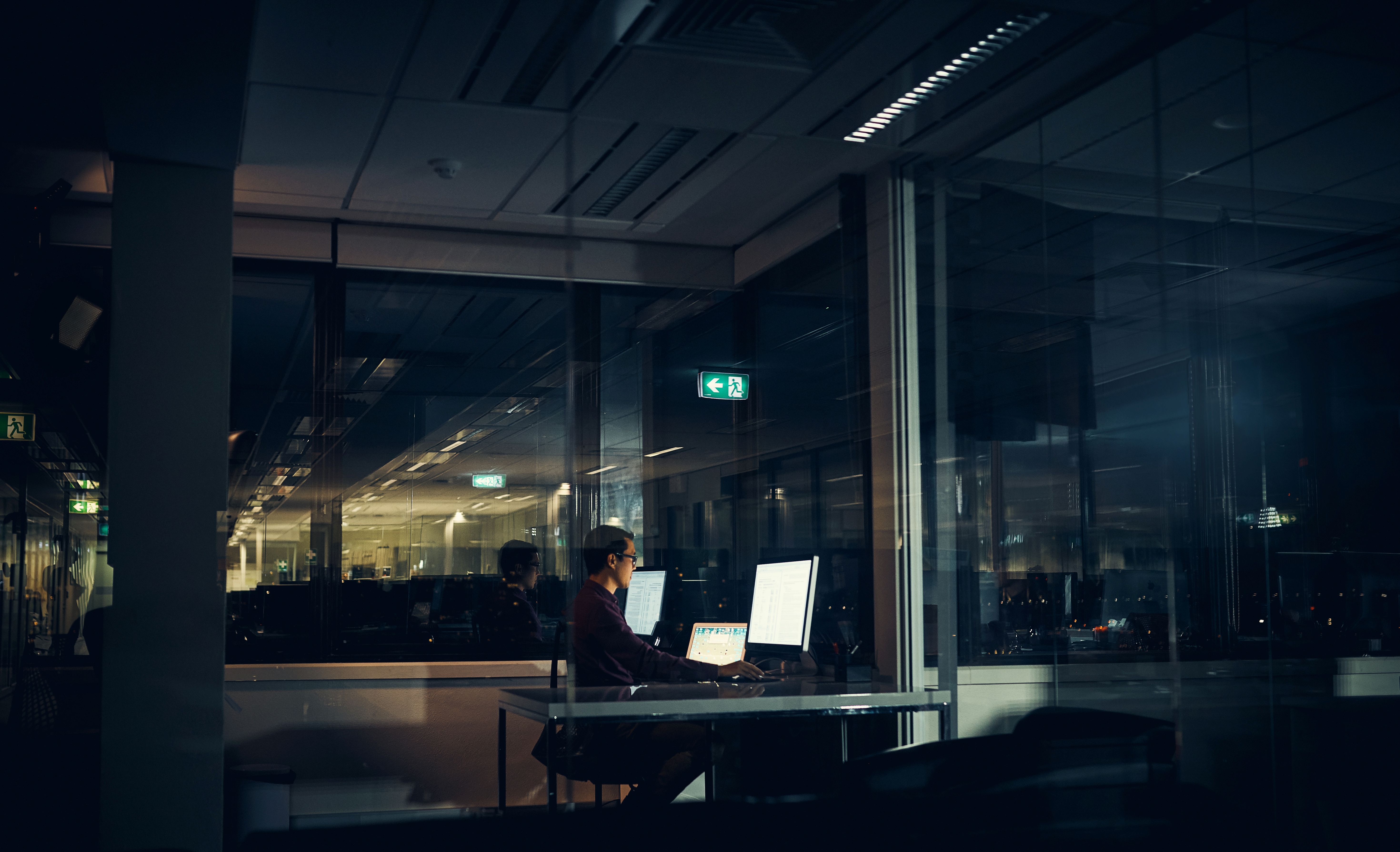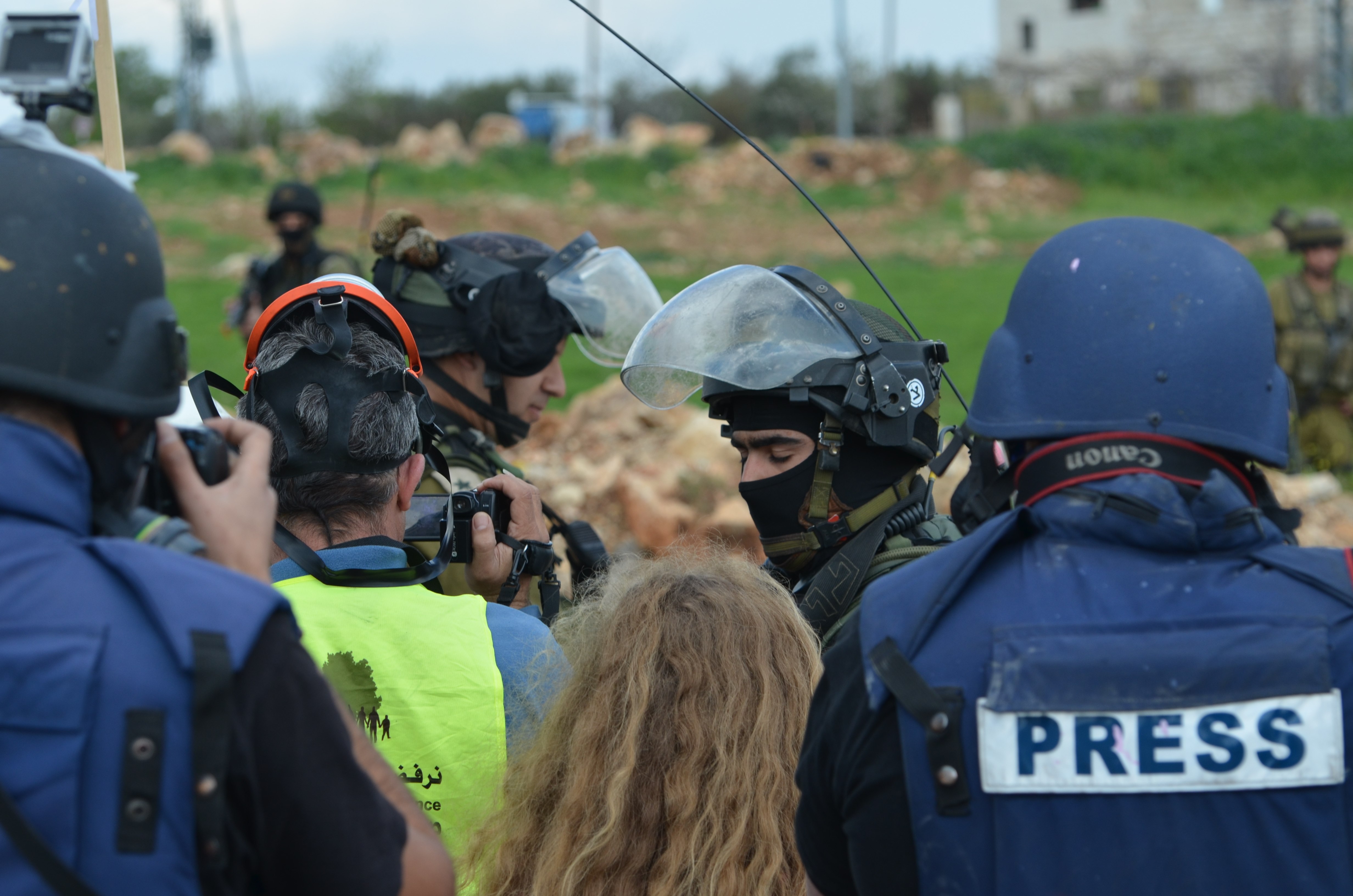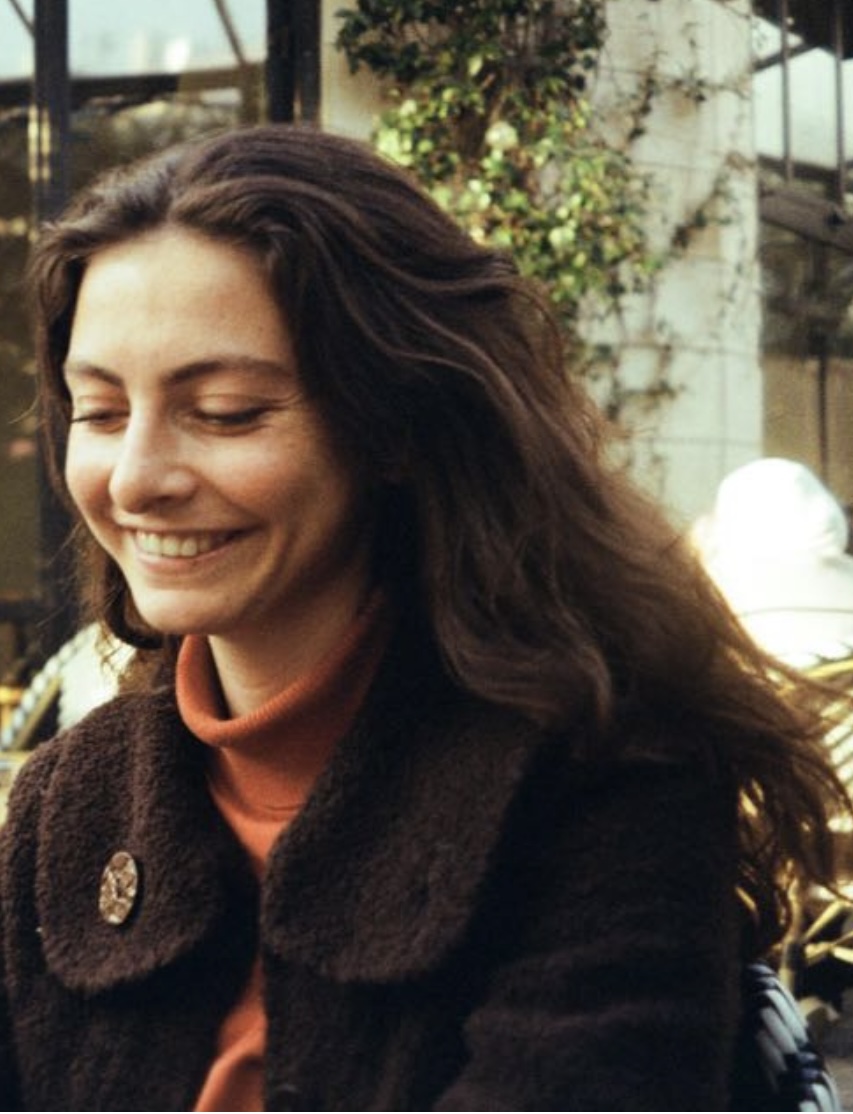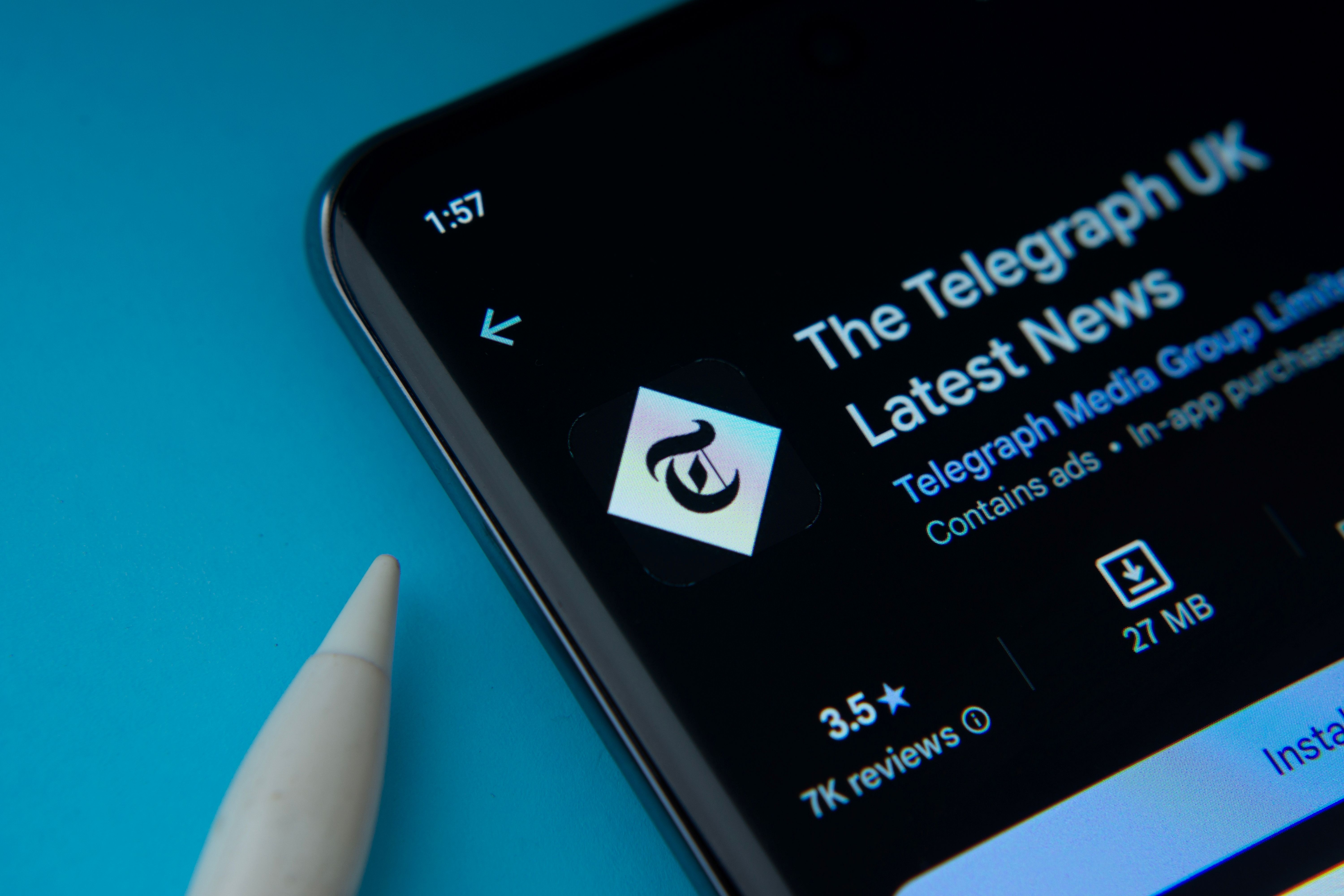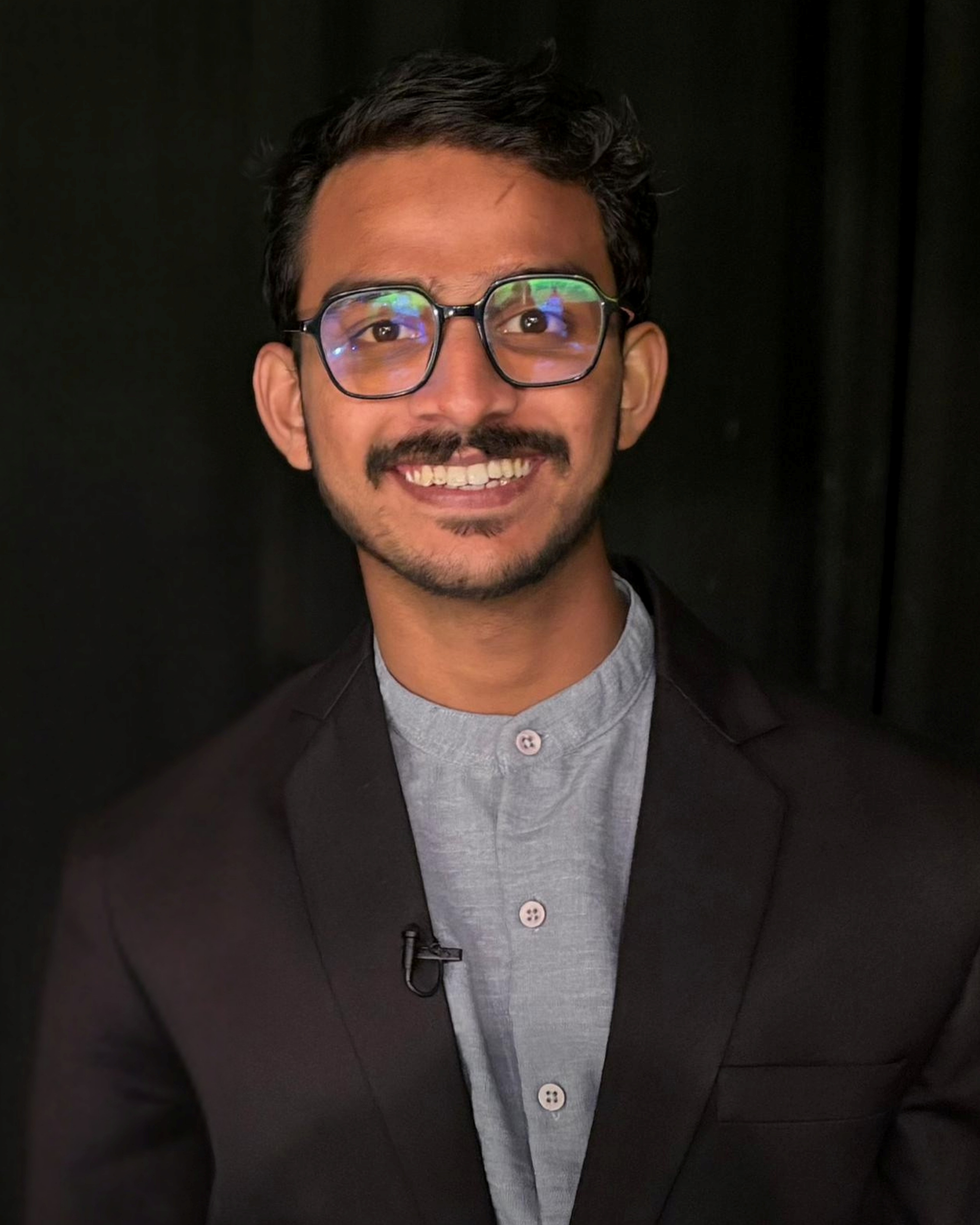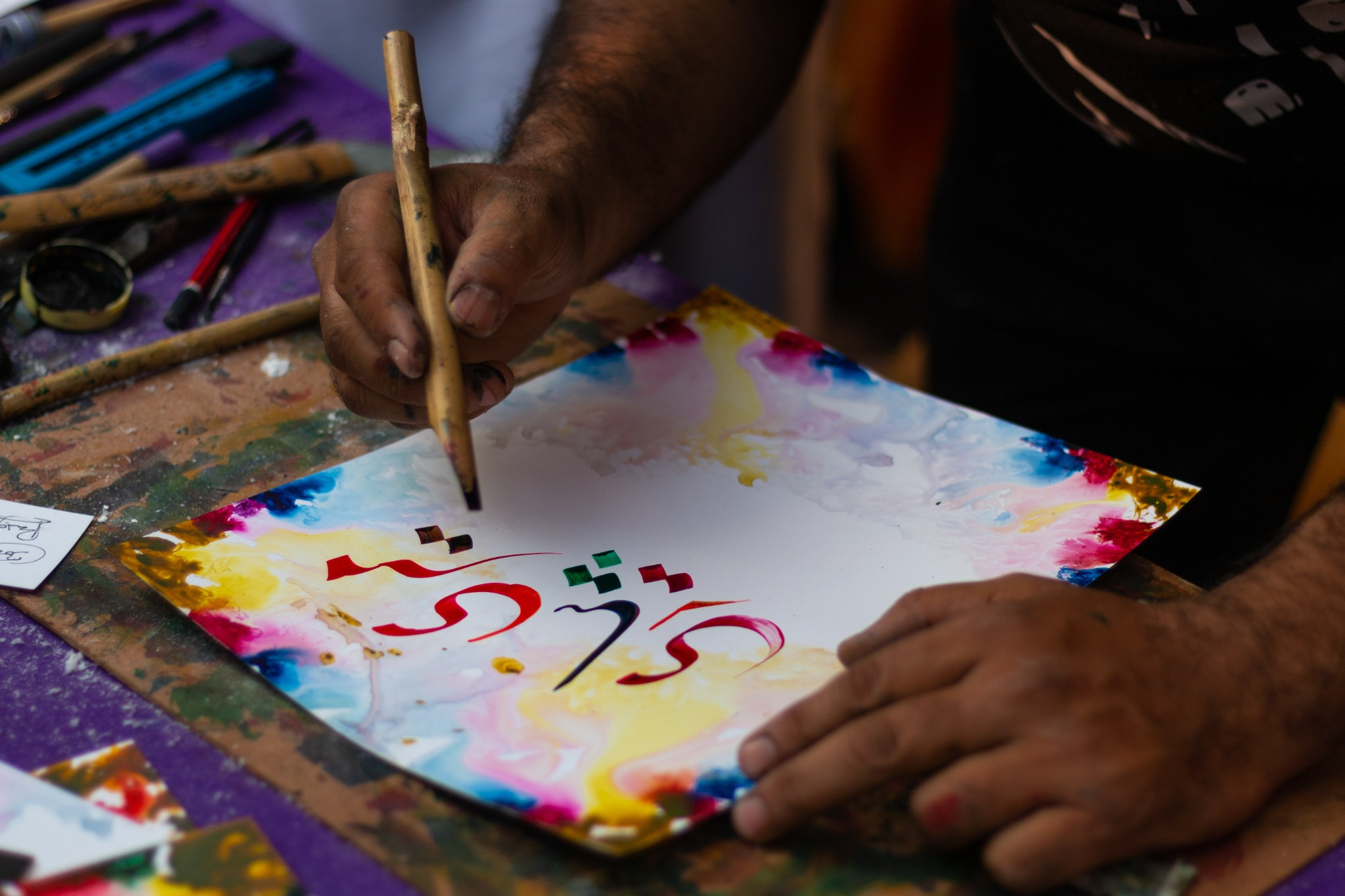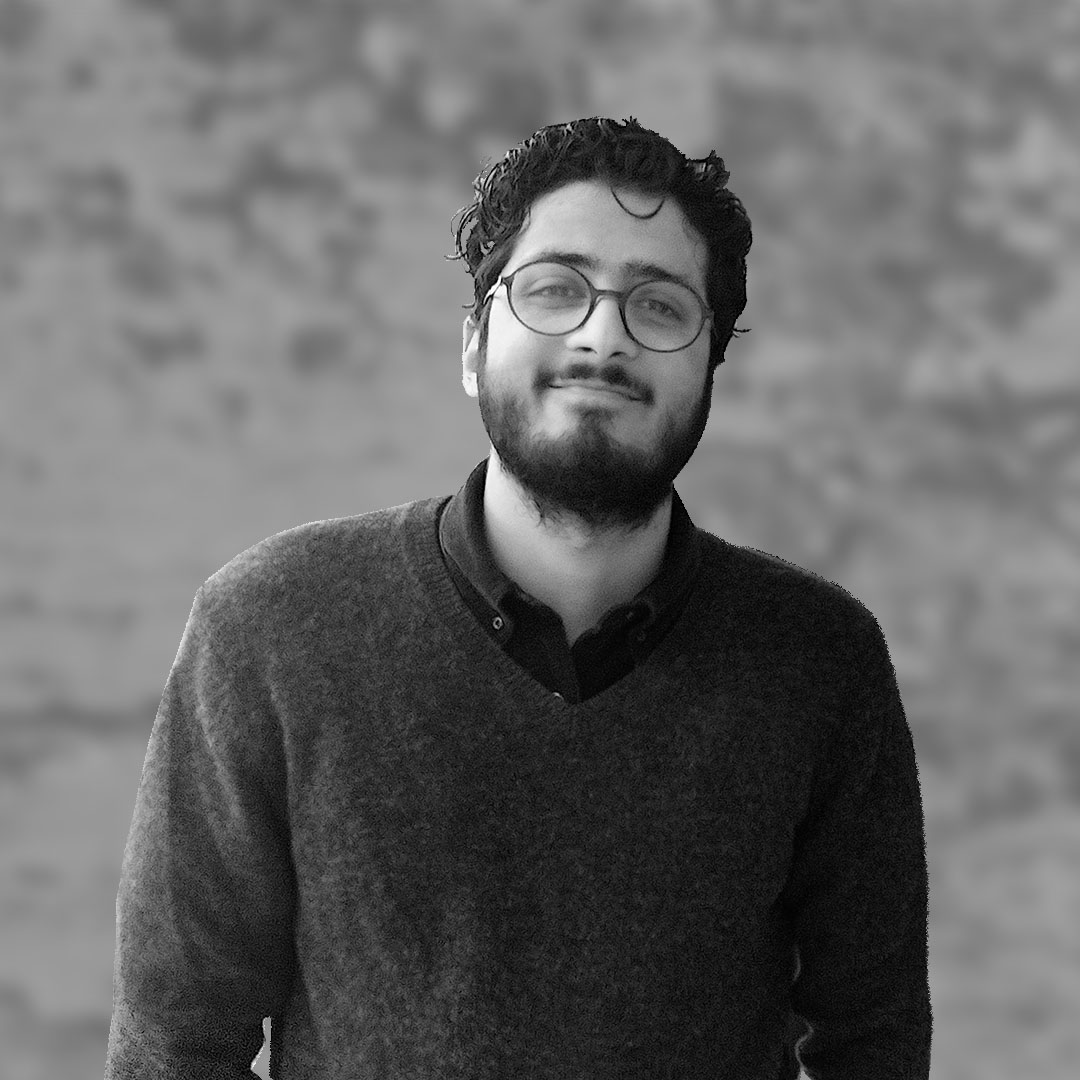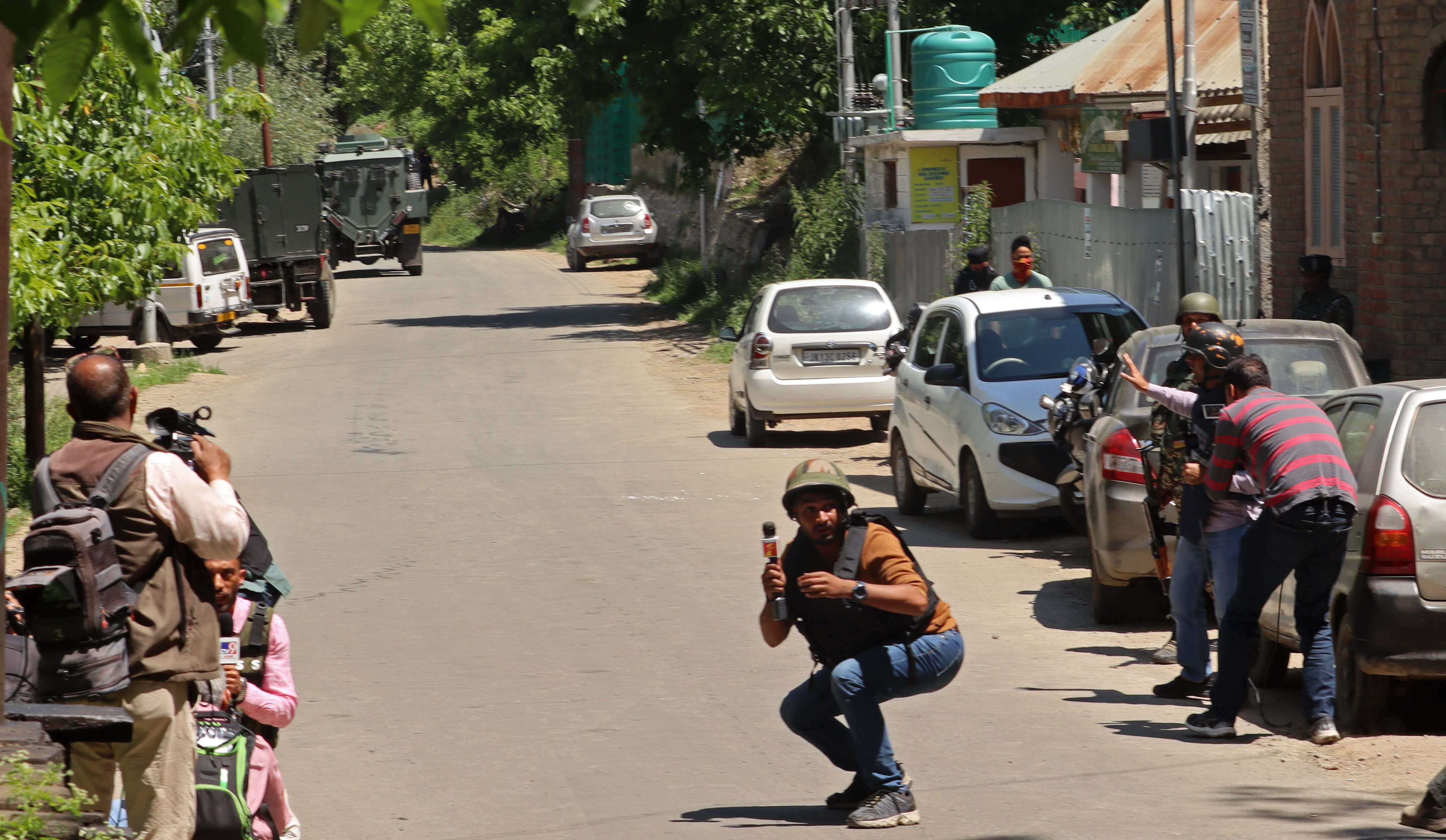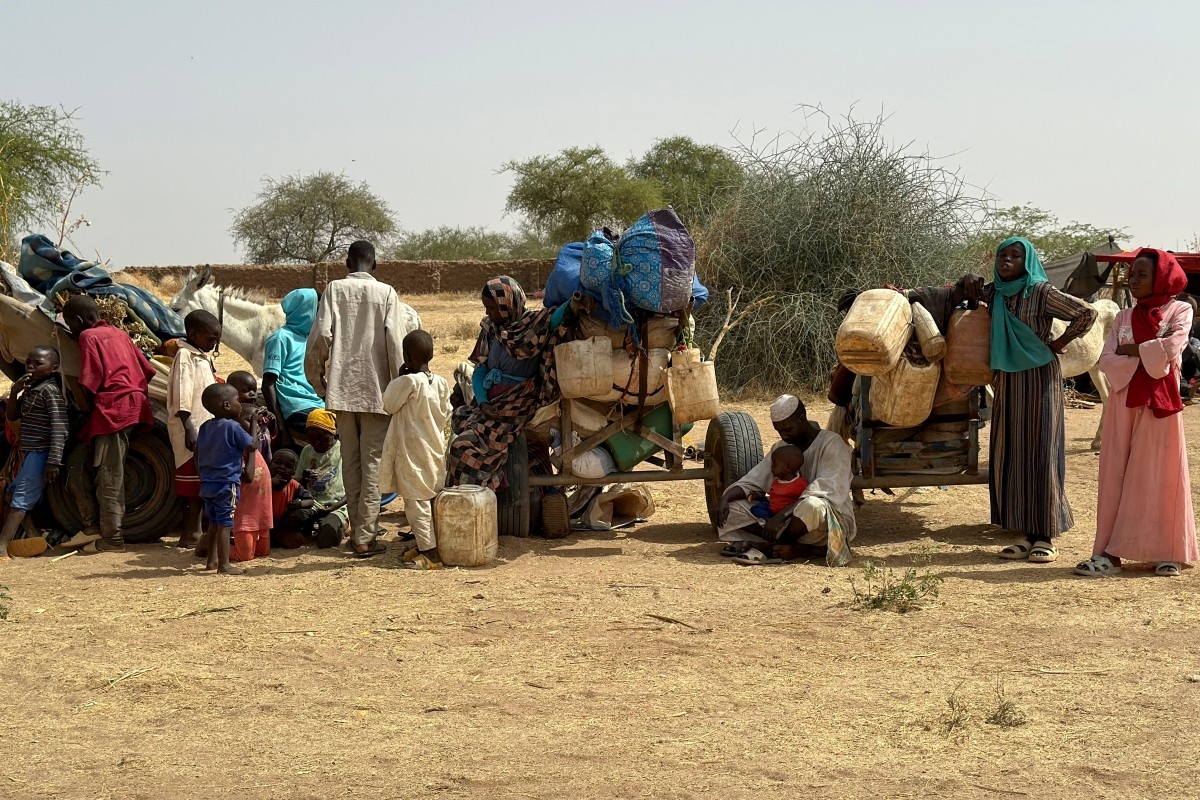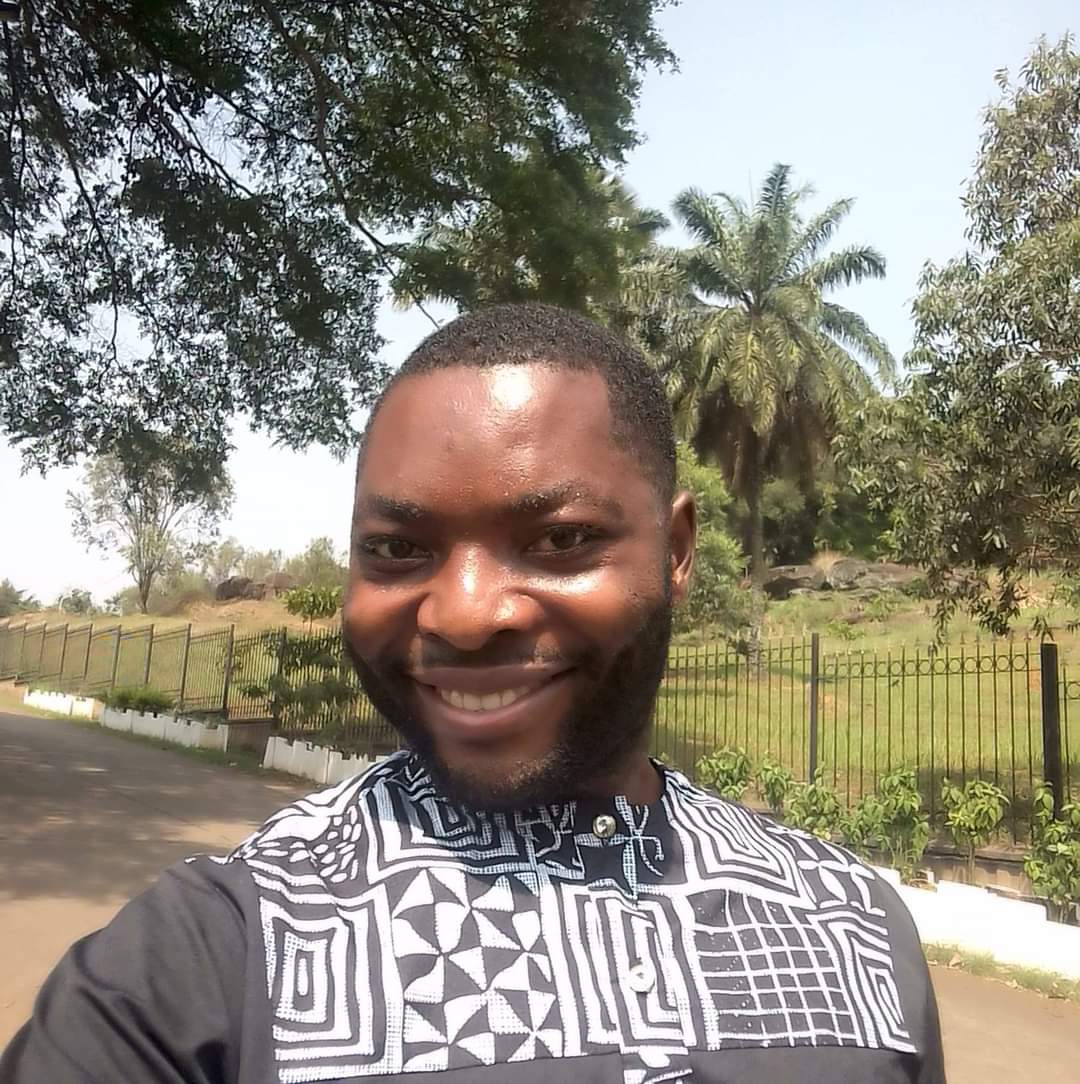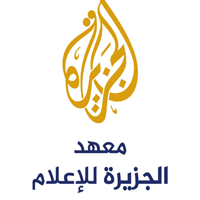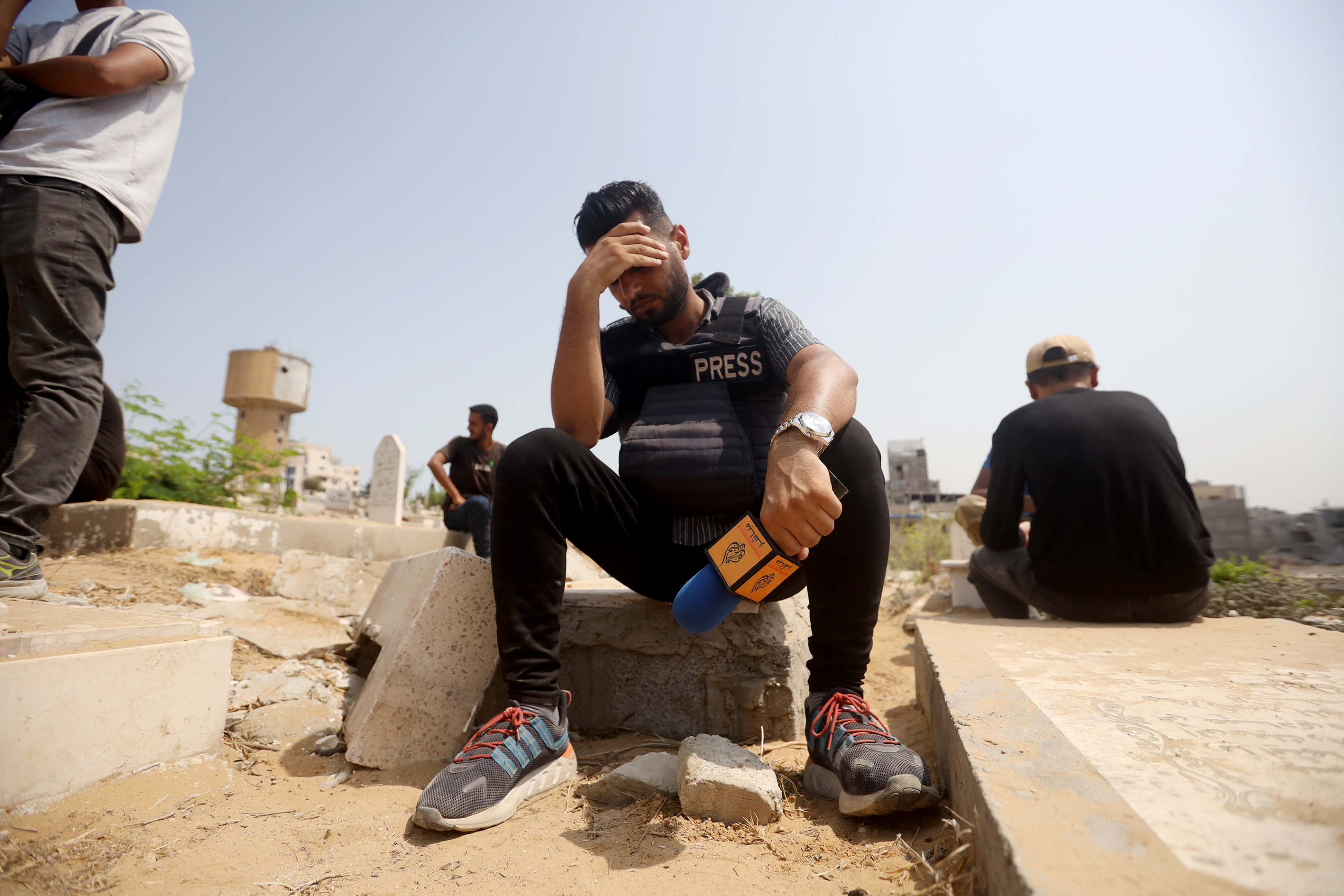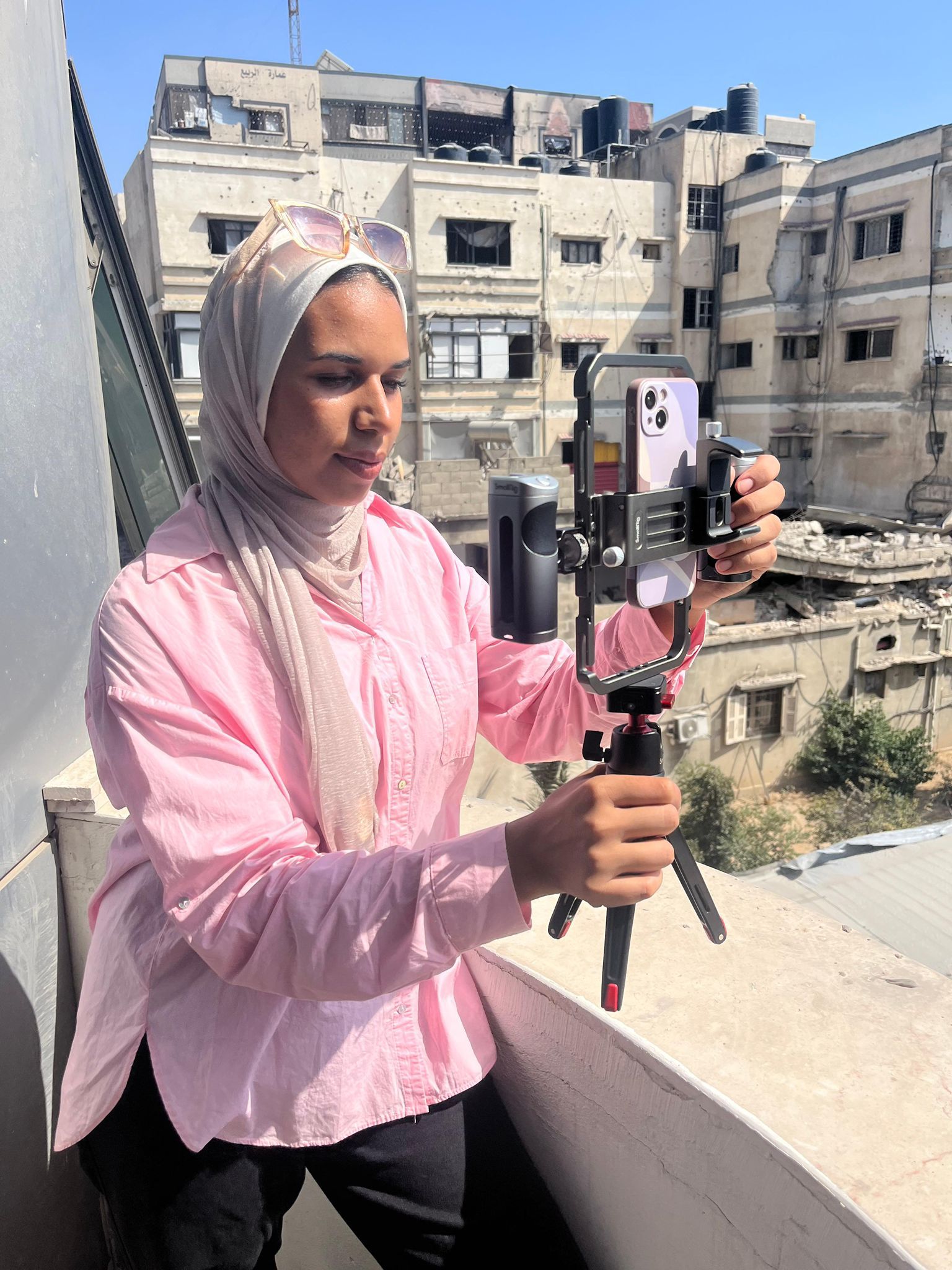"أنا صحفية الجزيرة فريدة خان، أعمل في غزة. لقد رأيت ذلك بأم عيني، وكان صاروخ حماس (عياش 250)، الجزيرة تكذب. لدي فيديو بأن الصاروخ سقط على المستشفى المعمداني"، كانت تلك تغريدة ملفقة نُشِرت باللغة الإنجليزية عبر منصة إكس في 17 أكتوبر/ تشرين الثاني الماضي، قبل أن يتبين لاحقا أن الحساب انتحاليّ؛ إذ نبهت قناة الجزيرة إلى أن حساب إكس، ويدعي زوراً انتماءه إلى الجزيرة، وأنه يحب توخي الحذر والتحقق من المعلومات قبل نشرها.
الحاجة إلى المعلومة - في ظل شح المصادر المعهودة في أوقات الحرب وتسارع وتيرة الأحداث وازدحام الأخبار وتدفقها - وفرت بيئة خصبة لانتشار الشائعات؛ فما تلبث الأخبار المفبركة أو الزائفة أن تطفو على السطح، حتى تنتشر عبر مواقع التواصل الاجتماعي وتطبيقاتها المختلفة، وهو ما يثير التساؤل حول الدوافع والأسباب الحقيقية وراء نشر مثل تلك الأخبار المضللة أو غير الصحيحة والآثار المترتبة على ذلك، وجهود التحقق والتدقيق الصحفية في وقت الحرب.
الصحفية هند خليفة مُعدة ومُقدمة برنامج باسم" الخبر الصحيح" في تلفزيون فلسطين (الهادف إلى ملاحقة الأخبار المفبركة والزائفة والمضللة وفحصها ونشر الأخبار الصحيحة للجمهور بمصداقية ومهنية) أكدت أن انتشار الأخبار المفبركة والمضللة تضاعف بصورة كبيرة منذ بدء الحرب؛ إذ "رصدنا سلسلة طويلة من الأخبار التي يستخدمها الاحتلال بوصفها سلاحا جديدا لتبرير جرائمه أو بناء صورة وهمية عن انتصاراته".
"ميل الجمهور لمتابعة معلومات تدعم روايته وتلبي حاجته لخطاب النصر الذي يتعطش إليه دون أن يهتم كثيرا بتدقيق تلك الأخبار، ربما يكون أحد الأسباب التي أدت إلى تراخي بعض وسائل الإعلام في موضوع التدقيق قبل النشر، وهو ما تسبب في كومة من المعلومات المغلوطة".
ورغم حرص بعض الصحفيين والصحفيات على التدقيق والتحقق من المعلومات، فإن ذلك لم يحل دون إعادة نشرهم لأخبار غير مرتبطة بالحدث في غمرة الأحداث وتسارعها؛ فقد أقرّ الصحفي مراد السبع، مدير مجموعة أسدام NEWS عبر تطبيق الواتساب، نشرَه فيديوهين تبين له لاحقا أنهما ليسا من الحرب على غزة بل يتعلقان بوقائع أخرى، وهو ما دفعه للاعتذار إلى أعضاء المجموعة.
انتشار الأخبار غير الصحيحة (وإن بحسن نية) وتناقل الأخبار المفبركة والزائفة عبر مجموعات وصفحات وسائل التواصل الاجتماعي (التي تعد مساحة نشطة لمثل هذه الأخبار والمعلومات) دفعا الصحفي أكرم النتشة إلى إلغاء اشتراكه في عدة قنوات ومصادر ومنصات عبر وسائل التواصل الاجتماعي، بسبب ما وصفه بصعوبة التحقق من المعلومات فيها.
ومن الأمثلة على الأخبار غير الدقيقة أو الملفقة التي يسوقها النتشة: "تعاطف ممثلين ومغنين، منهم نجم البوب الكندي جاستين بيبر، مع إسرائيل في منشور له أرفق معه صورة للدمار الهائل في قطاع غزة على أنها لمستوطنات إسرائيلية! بالإضافة إلى انتشار صور لضباط إسرائيليين برتب عالية قيل إنهم أسرى لدى المقاومة، ولم يكن ذلك صحيحا".
"ميل الجمهور لمتابعة معلومات تدعم روايته وتلبي حاجته لخطاب النصر الذي يتعطش إليه دون أن يهتم كثيرا بتدقيق تلك الأخبار، ربما يكون أحد الأسباب التي أدت إلى تراخي بعض وسائل الإعلام في موضوع التدقيق قبل النشر، وهو ما تسبب في كومة من المعلومات المغلوطة" يقول النتشة.
"بمعزل عن الحرب، وبشكل عام وعالميا، فإن الأخبار المضللة تنتشر بسرعة أكبر من الأخبار الصحيحة؛ لأن الجمهور يلفت انتباهَه التهويلُ والتضخيم. هناك أخبار مضللة تنتج بشكل يتناسق مع فكر مجتمع معين، فيشاركها الجمهور لأنه يحب أن يصدقها".
ويرى النتشة أن "الأخبار (الملفقة بالذات) تنتشر غالبا من مصادر أو قنوات تلغرام إسرائيلية تبث باللغة العبرية (وهي معنية بنقل معلومات مضللة إلى الشارع الفلسطيني بالذات، سعيا لإرباك الجمهور)، وتُتناقَل -غالبا بحسن نيّة- من قبل نشطاء وهواة عبر منصات التواصل الاجتماعي المختلفة، مكتفين بنسبها لمصدر عبري دون التيقن من صحتها! لتأخذ بالانتشار على صفحات شخصية لمواطنين أو مؤثرين". وهنا يردف النتشة: "تكمن الخطورة في أن لديهم متابعين كثرا ويتمتعون بثقة لدى الجمهور، كما أن نقل محرري بعض وسائل الإعلام الأخبار إلى الجمهور دون إجراء مزيد من عمليات التحقق يعزز الاعتقاد لدى الجمهور المتلقي بأن تلك المعلومات صحيحة. بالتالي فإن الأمر مرتبط بمدى التزام غرف الأخبار في اتباع آليات التحقق من الأخبار من مصادرها قبل نشرها، وإن تطلب ذلك مضاعفة الجهود خاصة أثناء الحرب، وزيادة عمل المراصد المتخصصة في التدقيق والتفنيد للمعلومات المنتشرة عبر وسائل التواصل الاجتماعي بالذات".
في الضفة الغربية، ثمة 3 مراصد ومنصات (مبادرات لصحفيين) تعمل على التدقيق والتقصّي والتحقق من المعلومات المنشورة على شبكات التواصل الاجتماعي (في الفضاء الفلسطيني بالذات) ونشر مدى دقتها، وهي:
- المرصد الفلسطيني لتدقيق المعلومات والتربية الإعلامية- تحقق.
- المرصد الفلسطيني للتحقق والتربية الإعلامية- كاشف-.
- المنصة الرقمية – تيقّن.
وقد اخترنا منصتي "تحقق" و"كاشف" عيّنة على تلك المراصد؛ إذ بينت الإحصاءات للفترة ما بين أكتوبر/ تشرين الأول ولغاية 15 نوفمبر/ تشرين الثاني تفنيدَهما أكثر من 222 خبرا (ما بين فيديوهات، وصور، وأخبار).
المعطيات التي زُوّدت مجلة الصحافة بها تُبيّن أن الأخبار التي جرى تفنيدها إما أنها ربط خاطئ أو غير صحيح، أو أنّها بلا مصدر، أو مضللة أو مفبركة، أو أنها فيديوهات قديمة... إلخ)، وأن عشرات تلك الأخبار مصدرها إسرائيلي.
الملاحظ إذن أن إحصاء الأخبار التي اختيرت (بحسب أهميتها) للتدقيق فيها عبر المراصد والمنصات المشار إليها يمثل الحد الأدنى لما هو منتشر عبر وسائل التواصل الاجتماعي بالذات، أما العدد فهو أكبر من ذلك بكثير، كما أن عددا من تلك الأخبار التي فحصت ودُقّقت مكرر في المنصتين.
من جهته، كشف الصحفي والباحث المتخصص في الشؤون الإسرائيلية أنس أبو عرقوب عن إعادة إسرائيل تشكيلَ مركز عمليات الوعي التابع لجهاز الاستخبارات العسكرية مع الانتفاضة الثانية عام 2000 (الذي كانت أنشأته بعد إطلاق عملية التسوية)، وتتركز مهمته على إدارة الحرب النفسية ونشر الشائعات والأخبار المفبركة عبر وسائل الإعلام، أو عبر صحفيين موالين لإسرائيل، بهدف إثارة النعرات الطائفية، وتحقيق الردع، أو جمع معلومات محددة.
وعن طريقة عمل المركز يقول المتخصص في الشؤون الإسرائيلية: "هناك عدة طرق لنصب الشباك، منها إنشاء مواقع وحسابات إلكترونية تتقمص هوية جهات مختلفة، تنشر من خلالها الأخبار المزيفة والمفبركة، كتلك المتعلقة بالجنود الأسرى أو المخطوفين، لإثارة عاصفة من التساؤلات وخلق ردود فعل في أوساط الناس، فتستفيد من الجدل المطروح، لاستدراج المقاومة أو الفصائل المعنية لتوضيح هذه التساؤلات وتقديم الإجابات أو النفي".
وقد عمدت مواقع إسرائيلية، حسب أبو عرقوب، إلى نشر أخبار مفبركة من خلال تصوير فيديو يظهر فيه التنكيل بعمال فلسطينيين ثم نشره عبر مجموعات الواتساب والتلغرام نهاية أكتوبر/ تشرين الأول على أساس أنهم مقاومون استسلموا لقوات الاحتلال! وقد كان واضحا أن الهدف من وراء ذلك رفع معنويات الإسرائيليين في المقام الأول، وترميم صورة الجندي الإسرائيلي القوي التي تحطمت بعد 7 أكتوبر، وتحطيم صورة المقاومة وتشويه صورة المقاوم الفلسطيني.
من جانبه، أكد نائب نقيب الصحفيين الفلسطينيين عمر نزال أن الرواية الإسرائيلية المضللة المرتبطة بالحرب بدأت منذ يومها الأول بترويج "قصة أن المقاومين قطعوا رؤوس أطفال خلال اقتحامهم إحدى المستوطنات داخل إسرائيل، التي ازداد تداولها خاصة بعد تبني الرئيس الأمريكي جو بايدن لها، قبل تفنيدها)، وأن صاروخا فلسطينيا هو الذي سقط على المستشفى المعمداني في قطاع غزة!".
أعادت إسرائيل تشكيلَ مركز عمليات الوعي التابع لجهاز الاستخبارات العسكرية مع الانتفاضة الثانية عام 2000، وتتركز مهمته على إدارة الحرب النفسية ونشر الشائعات والأخبار المفبركة عبر وسائل الإعلام بهدف إثارة النعرات الطائفية، وتحقيق الردع، أو جمع معلومات محددة.
وأوضح نزال أن النقابة رصدت عشرات الأخبار الكاذبة والمضللة في كبرى وسائل الإعلام الأجنبية كما في (سي أن أن) و(بي بي سي) و(سي بي إس) التي نشرت بشكل متعمد وممنهج ووفق سياسات وأجندات إعلامية معادية للشعب الفلسطيني ومنحازة بشكل مطلق لإسرائيل انطلاقا من موقف سياسي، وهو ما دفعنا لمراسلة كثير من النقابات والاتحادات الدولية للصحفيين أوضحنا فيها هذه الأكاذيب، وأصدرنا بيانات فندنا فيها مثل تلك الادعاءات الكاذبة أو المضللة".
نائب نقيب الصحفيين الفلسطينيين أكد أن مستوى الأخطاء يكاد لا يكون موجودا لدى الصحفيين المهنيين ووسائل الإعلام المهنية في ظل حرصهم على التدقيق قبل النشر، ويقول في هذا الصدد: "تصلنا يوميا مئات الاتصالات من الصحفيين الراغبين في التحقق من الأخبار قبل إعادة نشرها، ناهيك عن اطلاعنا على نقاشات لصحفيين بمجموعات التواصل الاجتماعي الخاصة يتبادلون فيها الأخبار داخليا بهدف التحقق منها قبل اعتمادها ونشرها".
مديرة المرصد الفلسطيني للتحقق والتربية الإعلامية (كاشف) ريهام أبوعيطة ترى أنه "وبمعزل عن الحرب، وبشكل عام وعالميا، فإن الأخبار المضللة تنتشر بسرعة أكبر من الأخبار الصحيحة؛ لأن الجمهور يلفت انتباهَه التهويلُ والتضخيم"، مضيفة: "هناك أخبار مضللة تنتج بشكل يتناسق مع فكر مجتمع معين، فيشاركها الجمهور لأنه يحب أن يصدقها".
وترى في سياق تحديات التحقق أنّه "في الحالة الفلسطينية، وبمعزل عن فترة الحرب، فالجهات التي تقف وراء مثل تلك الأخبار يكون قسم منها من جهات فلسطينية؛ فإما أن يكون بشكل غير متعمد بسبب سرعة الأحداث أو بدافع تصديق معلومة معينة، أو أن يكون مقصودا ومتعمدا من جهات وأحزاب فلسطينية بهدف خدمة أجندتها الخاصة، بينما القسم الآخر والأهم فمصدره الاحتلال الإسرائيلي ومؤيدوه، بهدف تشويه صورة الفلسطينيين واتهامهم بالكذب".
وتوضح أبو عيطة آليات التحقق المتبعة لدى مرصد (كاشف) بالقول: "يعتمد ذلك على نوعية المادة المراد التحقق منها؛ فأحيانا نستخدم البحث العكسي للبحث عن أصل المواد والصور، وأحيانا أخرى نتواصل مع المصادر الحية الموجودة في المكان، كما نعتمد كثيرا على المصادر والبيانات المفتوحة، ونستخدم تطبيقات متخصصة للتحقق مثل (Invid- tineye- Flight radar) أو المتخصصة بتحديد المكان الجغرافي وساعة التصوير وغيرها".
ونظرا لازدياد وتيرة الأخبار المضللة في الحرب على غزة، أطلقت مجلة الصحافة في 9 نوفمبر/ تشرين الثاني صفحة متخصصة لرصد الأخبار التي تنشرها المؤسسات الصحفية عن الحرب الحالية على غزة، من أجل تفنيد التغطيات الصحفية المخالفة للمعايير المهنية في الحرب على فلسطين، أو التي تنطوي على تحيز أو تضليل أو غيرهما.

